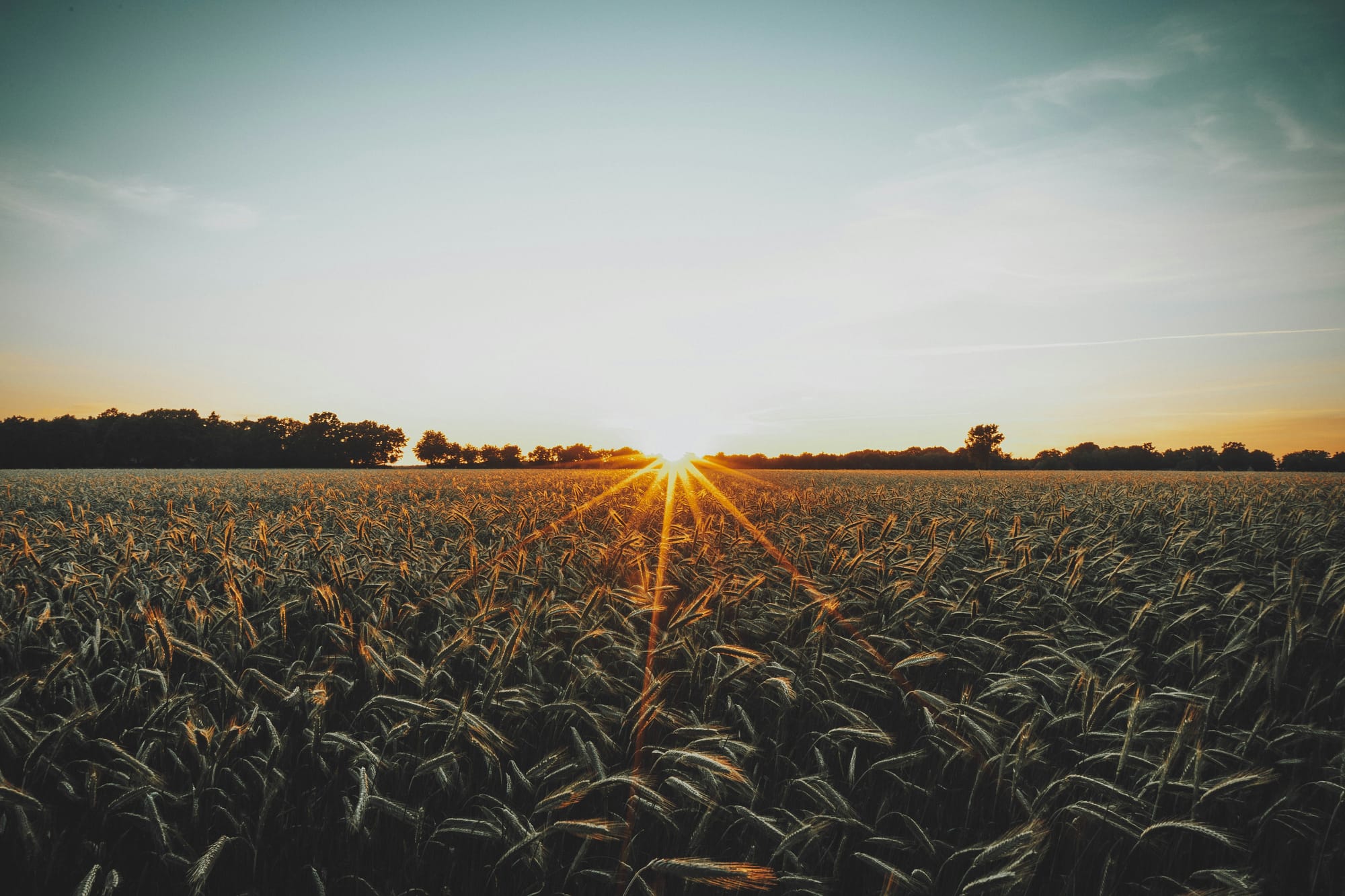Innovators Leading The Rural Revolution
~3 min read

An array of mobile financial service providers – from start-ups to established financial institutions – have recently focused their attention on the rural poor, designing targeted MFS offerings that address the unique needs of remote, largely agricultural, populations. Below is a survey of international NGOs and private sector actors who are using mobile technology to bring financial access and economic development to rural populations.
Mobile Tablet Approach In Papua New Guinea
Registering new bank customers in rural regions can be a challenging task, with branches often far away and central bank regulations making remote registration difficult. For rural populations in Papua New Guinea, many of whom work as cash crop farmers, the greatest need is a secure place to save money. To fill this need, Bank South Pacific (BSP) developed an innovative strategy: using mobile tablets to open accounts and offer basic banking services in remote areas. Using this technology facilitates BSP’s “one-touch” approach, through which the bank can register new customers, issue cards and accept deposits instantaneously.
According to Bram Peters, Head of E-Channels at BSP, in a recent interview “It is a completely paperless trail. We issue the bank card on the spot, and users are immediately registered for USSD-based mobile banking.” Through the USSD menu – secured by the customers’ PIN and phone number – customers can view balance and transaction history, purchase airtime top-ups, set SMS alerts regarding account activity and transfer funds to other accounts in PNG.
The approach, while increasing convenience for rural customers, also abides by central bank customer registration regulations. Using the tablet, BSP can capture the standard user information previously recorded on paper forms. Agents can further use the tablet’s camera to take a picture of the customer and their identification documents – data which is immediately stored in BSP’s core banking system.
With the platform reaching 300,000 users in October and winning the Connected World Forum Award for “Best Bank-Led Mobile Money Programme” in November,[1] it is on a trajectory for tremendous success. Peters said that BSP plans to replicate the model in the other Pacific countries where BSP is active next year, including the Solomon Islands and Fiji, filling a pent-up demand for mobile banking among rural customers.
From Vans To Cell Phones: Mobile Banking In Malawi
A microfinance bank that works primarily with rural populations, Opportunity International Bank of Malawi (OIBM) is uniquely situated to deliver financial services to rural agriculturalists. In 2007, the bank began outreach to rural areas using now-archaic “mobile banking vans,” which offered a complete range of banking services in a single visit, spearheading in Malawi the idea of “bringing the bank to the customers.”[2, page 9] While the mobile banking approach of OIBM has since evolved – now offering SIM-based and POS banking for rural customers – this ideology has remained.
According to Chris Statham, who spoke at last week’s USAID webinar on “Mobile Finance in Agricultural Value Chains,” a current OIMB mobile banking pilot charges a “session fee” for users to access an array of mobile banking services via a USSD menu. Though the platform is still in its pilot phase, it has experienced eight-fold uptake in rural areas (versus urban areas), illustrating significant demand for mobile banking among agriculturalists. According to Statham, the benefits of adopting this platform are manifold, including: decongesting bank branches and lowering customer costs, reducing operating expenses for OIMB and improving the security of moving money. Further, transferring to electronic banking can build transparency in rural areas, making value chains more clear and efficient.
***In Kenya, Mobile Phones Link Farmers To Finance ***
For smallholder farmers without a bank account or a formal financial history, applying for business loans or purchasing crop insurance can be difficult. In Kenya, technology firm Mobipay has designed a mobile-based product that addresses this challenge, helping agriculturalists to build a digital, financial footprint. Specifically, Agrilife – a collaborative venture between Mobipay, Metropol and G-analytiX – creates a financial identity for groups of farmers by aggregating and synthesizing data on harvests, deliveries to the market, purchase of inputs and other relevant transactions.[4]
Financial service providers are then able to use these Agrilife “scores” to assess the risk of providing products – from microinsurance to loans – to individuals or groups of farmers.[5] According to Mobipay CEO Felix Musau, “Agrilife is geared towards alleviating the challenges associated with agrifinance in Africa. The platform seeks to create an environment for innovative financial products that encourage sustainable farming.”[6] By creating formal financial identities and opening access to diverse financial services, Agrilife may help farmers in Kenya (and elsewhere) improve production and grow their businesses.

Top Five Mobile Payments Trends of 2012
The Year of the Tech Giants